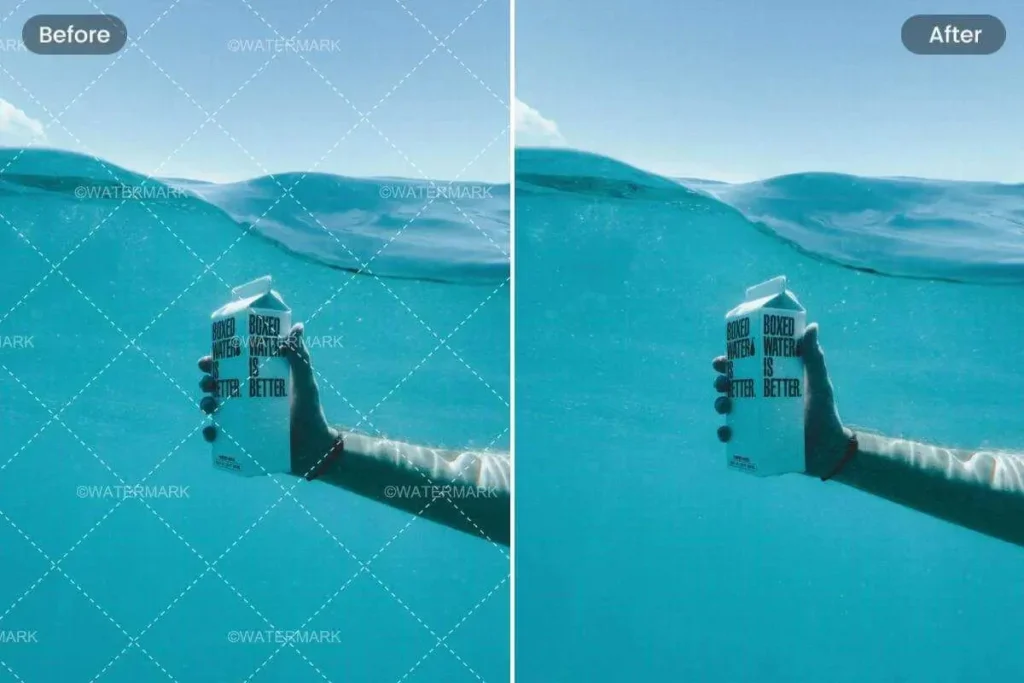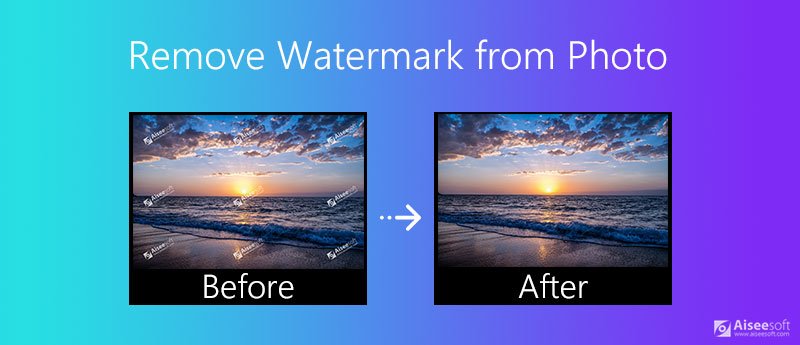In today’s hyper-visual digital landscape, images are the universal language. From a small business’s Instagram post to a major corporation’s website banner, a powerful image can convey emotion, information, and brand identity in an instant. We consume thousands of images daily, often without a second thought about where they came from or who created them.
This ease of access, however, has created a significant challenge: the widespread misunderstanding and disregard for image copyright. For creators, having your work stolen or misused can feel like a personal and professional violation. For businesses, using an image without proper permission can lead to costly legal battles and reputational damage.
This article delves into the critical importance of image copyright. We will explore what it means for you as a creator, how to protect your own work, and how to ethically source images for your projects, ensuring you respect the creativity and rights of others.

What Exactly is Image Copyright?
In simple terms, copyright is a legal right that grants the creator of an original work—like a photograph, illustration, or graphic—exclusive rights to its use and distribution. The moment you press the shutter button on your camera or create a digital illustration, that image is automatically protected by copyright. You own it.
This means you have the sole right to:
- Reproduce the image (print it, post it online).
- Create derivative works (edit it, create a collage from it).
- Distribute copies of the image.
- Publicly display the image.
It’s a common misconception that you need to register your work or place a copyright symbol (©) on it for it to be protected. While those actions can strengthen your legal standing, especially in a lawsuit, the protection is inherent upon creation.
Importance of Image Copyright: More Than Just a Legal Formality
Understanding and respecting copyright isn’t just about avoiding lawsuits; it’s about fostering a healthy, sustainable creative ecosystem.
1. For Creators and Photographers: Protecting Your Livelihood
For professional photographers and artists, their images are their product and their primary source of income. When someone uses their work without permission or payment, it’s equivalent to theft. It devalues their skill, the time spent mastering their craft, and the equipment they’ve invested in. Copyright law is the shield that allows creators to earn a living from their talent and hard work.
2. For Businesses and Bloggers: Protecting Your Reputation and Wallet
Using an image you found on Google Images without a license is a dangerous gamble. Companies specializing in “copyright trolling” use reverse image search technology to find unauthorized uses of their clients’ work. The result is often a demand letter asking for a settlement fee that can range from hundreds to thousands of dollars—far more than the original cost of a license. Beyond the financial hit, being called out for copyright infringement can severely damage your brand’s trust and credibility.
3. For Everyone: Respecting Creativity and Effort
At its heart, copyright is about respect. It acknowledges the effort, creativity, and vision an artist pours into their work. By choosing to use images ethically, you are supporting the arts and encouraging the continued creation of high-quality content.
How to Protect Your Own Images Online
You can’t completely prevent determined thieves, but you can make it significantly harder for them and easier for you to defend your work.
- Use Watermarks Strategically: Placing a visible, but not overly intrusive, watermark on your images can deter casual theft. It acts as a constant reminder of ownership and makes the image less desirable for others to claim as their own. The key is to place it where it’s hard to crop or clone out without ruining the image.
- Adjust Image Size and Resolution: For online sharing, consider uploading images at a lower resolution. An image that is 72 DPI and 1000 pixels wide is perfect for web viewing but is useless for someone wanting to print it or use it for a high-quality project. You keep your high-res originals safe.
- Add Copyright Metadata (EXIF Data): Your camera and photo editing software allow you to embed your name and copyright information directly into the image’s metadata. While this can be stripped away, it’s a standard professional practice that establishes a digital paper trail.
- Use Terms of Service on Your Website: Clearly state on your website or portfolio how your images can and cannot be used. Do you allow sharing with credit? Do you require a licensing fee? Clear terms set expectations.
- Perform Reverse Image Searches: Use tools like Google Reverse Image Search or TinEye periodically to see where your images appear online. This is the most effective way to discover unauthorized use.
The Ethical Way to Find and Use Images You Don’t Own
So, what should you do if you need an image for your blog, presentation, or social media post? You have several ethical and legal options.
- Create Your Own Content: This is always the best option. You own it 100%, and it’s completely unique to you.
- Use Stock Photo Websites: Sites like Unsplash, Pexels, Pixabay, and Shutterstock offer vast libraries of images. Understand the license:
- Royalty-Free: Doesn’t mean free. It means you pay a one-time fee to use the image without paying royalties each time it’s used. Read the specific license for limitations.
- Creative Commons Zero (CC0): These images are free to use for any purpose, personal or commercial, without requiring permission or giving credit (though it’s always appreciated).
- Other Creative Commons Licenses: May require attribution (giving credit to the creator), limit commercial use, or prohibit creating derivatives. Always check the specific license terms.
- Ask for Permission: If you find an image you love on a personal blog or Instagram, send the creator a direct message to ask if you can use it. Clearly state how you intend to use it and how you will provide credit. Get the permission in writing (an email is fine).

A Note on Watermark Removal and Ethical Lines
The discussion of copyright naturally leads to the topic of watermarks. Watermarks are a creator’s first line of defense. Intentionally removing a watermark from a photo you do not own is a direct violation of copyright law in many countries and a clear breach of ethical standards. It is an explicit attempt to claim ownership or obscure the source of a creative work.
The technology behind image editing is always advancing. Modern software, particularly AI-powered tools, can perform incredibly sophisticated edits that were once impossible for the average person. This includes tasks like removing objects—or watermarks—from photos. While this technology is impressive and has many legitimate and ethical uses, such as cleaning up an old family photo or removing accidental photobombers from your personal pictures, it is crucial to understand the ethical boundary.
Using such powerful technology to strip away the identity and ownership from a creator’s work undermines the entire principle of copyright. It’s important to focus these technological advancements on ethical and creative applications that solve problems rather than create them. For a deeper look at the capabilities and specific considerations of modern AI image editing tools, you can explore discussions on platforms like Medium, such as this analysis of an online image watermark remover powered by AI technology.
Conclusion: Building a Culture of Respect
Image copyright is not a dusty, abstract legal concept. It is a vital framework that protects creativity, enables artists to thrive, and guides businesses to operate legally and ethically. In a world where “right-clicking and saving” is effortless, making a conscious choice to respect copyright is a powerful statement.
Whether you are a creator safeguarding your portfolio or a marketer sourcing images for a campaign, understanding these principles is non-negotiable. Protect your own work diligently, use the work of others responsibly, and always err on the side of caution and respect. By doing so, we all contribute to a digital environment where creativity is valued and protected for everyone.
